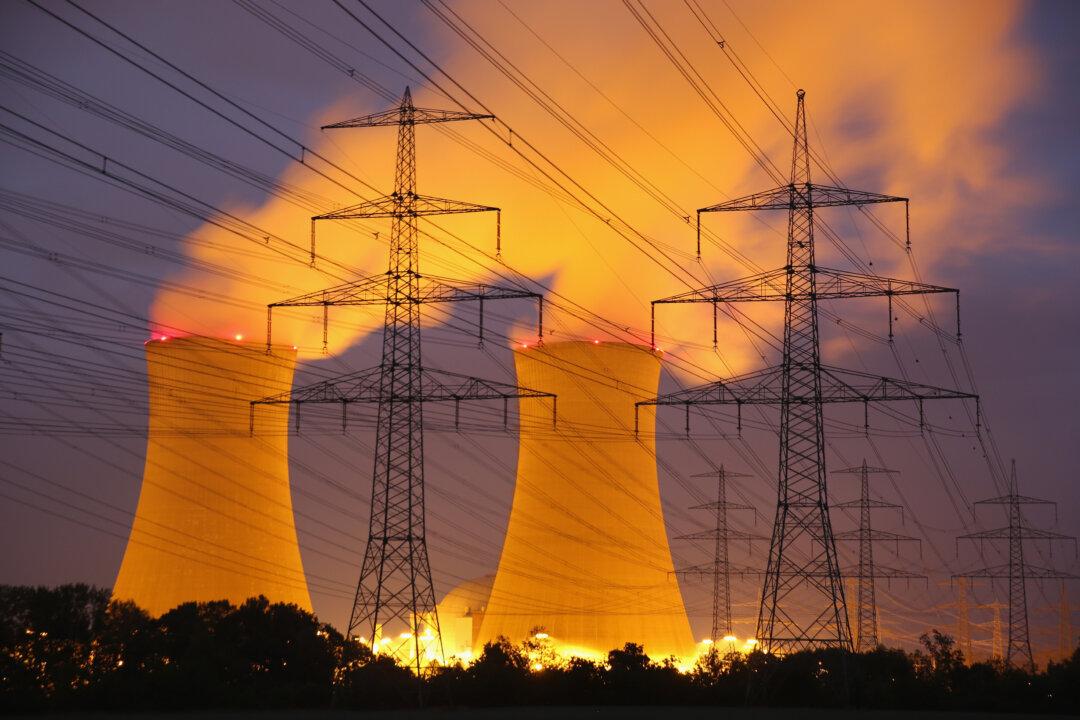Cyberattacks are on the rise. The past year alone has witnessed some of the most spectacular data breaches in history, among them the hacking of Sony and the Office of Personnel Management (OPM).
Most cybersecurity experts predict that as the economy becomes ever more digitalized, the frequency of cyberattacks, and the cost they incur, will continue to balloon. Zurich Insurance Group has estimated that the total cost of cyberprotection could exceed the economic benefit of the Internet by 2019.
The stakes of cybersecurity often go beyond the mere monetary, as when credit card numbers are stolen, and the invasion of privacy, as in the case of Sony and Ashley Madison. A new report by the London-based NGO Chatham House warned that the civilian nuclear facilities, chiefly power plants, could be the target in the next wave of cyberterrorism.
“As older equipment in existing facilities reaches the end of its working life and needs replacement, comparable equipment is no longer manufactured or available, and so it is gradually being replaced with newer hardware (and software) that has more digital features,” the report states. “These new digital systems have been conceived without adequate security protection, making them ‘insecure by design.’”
A number of sources were used for the report, including “industry practitioners, policymakers and academics” and IT experts who had worked at nuclear facilities, most of them anonymously.
The report lays out a number of new vulnerabilities that could afflict nuclear facilities during the digital transition: the loss of redundant, independent fail-safes; opening a backdoor to the reactor protection system via virtual private networks; malware via USBs that are implanted on-site; undocumented connections to the Internet; or by employees using their personal devices at work (a common practice) that happen to be infected.





